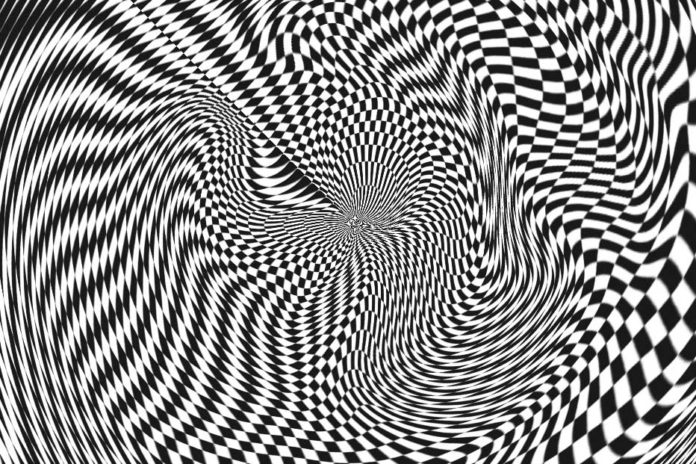Have you ever seen shapes and colors when rubbing the eyes? Have you ever seen light show happening, one that is constantly changing?
These seemingly odd, random flashes of light and color are known as phosphenes. The phosphenes are impressions of light that occurs without light entrance in the eye.
Research conducted by Hungarian neuroscientist Istvan Bokkon proposes a new biopsychophysical concept of phosphene phenomenon. He suggests that phosphenes are bioluminescent biophotons in the visual system induced by various stimuli (mechanical, electrical, magnetic, ionizing radiation, etc.) as well as random bioluminescent biophotons firings of cells in the visual pathway.
Our visual system consists of the retina, optic nerve, and occipital lobe. When one of these three sections of the visual system is manipulated or tricked, we can experience the impression of phosphenes. Our visual system can be controlled by either electrical incitement or mechanical incitement.
In the case of electrical stimulation, placing electrodes near your optic nerve can cause you to see phosphenes. Placing an electromagnet near your occipital lobe also can produce the same effect.
Mechanical stimulation would be due to pressure — rubbing your eyes or gently pressing on the side your eyes. When the eye experiences this sort of pressure, the eye perceives the pressure in the same way it would the stimulus of light. Because of this, the central nervous system can’t tell if it experiences light from outside or inside the eye.
In the study, a scientist also reported that Phosphenes are an early symptom in a variety of diseases of the retina or of the visual pathways. In addition, phosphenes are a symptom of a migraine and multiple sclerosis.
